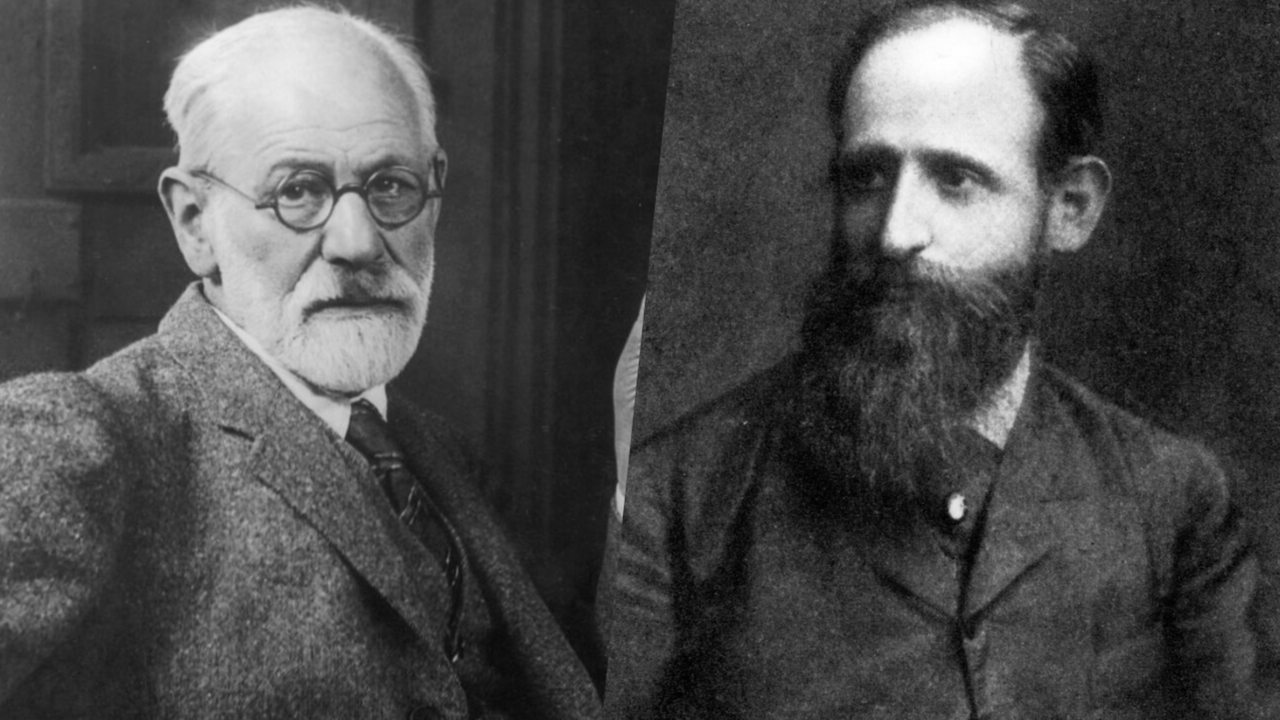Neurologist who believes he can cure psychological disorders with hypnosis: Who is Joseph Breuer?
Josef Breuer, the Ancestor of Psychoanalysis, was a meticulous researcher who made important contributions to medicine and physiology. He was also Sigmund Freud's teacher and friend.

Josef Breuer was an outstanding physician and physiologist who played a crucial role in the formation of psychoanalysis. He was close friends with Sigmund Freud, who saw him as a father figure. Both men admired and respected each other, their friendship was important to both.
Together they edited the first edition of "Studies of Hysteria," the foundational work of psychoanalysis. He was also the first to treat the famous Anna O., whom Freud used as a guinea pig to develop the psychoanalytic method. Breuer was the first to meet Anna, but he sent her to Freud's office.
Joseph Breuer (1842-1925) was born on January 15, 1842, in Vienna, Austria. His father was an important figure in the Jewish community. Although Breuer was never deeply religious, he did not deliberately distance himself from Judaism. Breuer's mother died when he was only four years old. He was raised by his father and grandmother after his mother's death. In 1859, at the age of 19, he began studying medicine at the University of Vienna. There he studied with the greatest scientists of the time, such as Karl Rokitansky and Josef Skoda.
Meeting with Sigmund Freud
In 1871, Josef Breuer decided to open his own practice. He treated prestigious patients such as Franz Brentano and Johannes Brahms. He spent his time between teaching and research at the Center for Physiology and Pharmacology at the University of Vienna, where he would become close friends with one of his students in 1877. This student's name was Sigmund Freud.
Since the late 1870s, Josef Breuer felt drawn toward psychology. He was very interested in hypnosis, which was very popular at the time. Some people believe that his interest in mental health was triggered by the fact that many of his patients were wealthy women with symptoms of hysteria.
Freud shared the same interests as him, and as time passed, they became close friends. Breuer lent a substantial amount of money to Freud, the future father of psychoanalysis, to set up his private practice. He also advised him to study medicine. Their curiosities and interests led the two friends towards specializing in accidental mental disorders.
Anna O. and hysteria
Josef Breuer was the first person to work with a patient named Anna O., whose work with Sigmund Freud would eventually go down in history. Breuer used hypnosis to treat him, and they were making good progress. However, Anna O. was particularly fond of the doctor, and this bothered Breuer. Their professional relationship ended when, during a delirium, Anna O. claimed that Dr. Breuer was the father of her child.
Breuer decided to refer his patient to Freud, in a move that had implications for the theoretical development and practice of psychoanalysis. It was also the event that would end the friendship between the two famous Austrians. By the time he finished with Anna O., Freud was ready to publish a definitive theory on hysteria. However, Breuer did not agree with Freud's theory.
A sign that their relationship was deteriorating was when Breuer asked Freud to repay the money he owed him. In addition to the theoretical disagreements they already had, this move destroyed what was left of their friendship. It is worth noting, however, that Breuer never stopped pursuing the career of his brilliant student.
Details
Breuer's first scientific studies were related to the respiratory mechanism. In 1868, he described the Hering-Breuer Reflex, which is associated with the sensory control of breathing during normal breathing. In 1873, he revealed the function of the semicircular canals in the inner ear and their relationship to the human sense of balance.
Breuer, who was successful in curing a hysterical patient with hypnosis in 1880, forced the patient to remember events that had disturbed him in the past, and he began to heal as the patient brought the suppressed events into consciousness by pushing them into his subconscious. Breuer called this method catharsis and, together with Freud, applied it to patients.
In 1895, Breuer and Freud published a book called Studien üher Hysterie ("Studies of Hysteria"). According to the authors, the cause of hysteria is the patient's suppression of disturbing events in his past. The tension created by this situation causes hysterical disturbances in the person. The patient is aware of the symptoms of the disease but is not aware of the events that he experienced before and that caused his illness. For the patient to recover, it is not enough just to remember the events, the patient must emotionally relive the events. Thus, the patient will be able to recover by becoming conscious of the events that he has suppressed.
However, over time, differences of opinion emerged between Breuer and Freud. Freud abandoned Breuer's hypnotic method and developed a method that approached psychoanalysis. According to Freud, Breuer's method is of limited use, since not all patients can be hypnotized. Freud developed a method based on the trust relationship between the patient and the doctor, which allows the patient to express his thoughts freely without hypnotizing them. According to Freud, the underlying cause of hysteria is sexual. Breuer opposed this view, but also criticized psychoanalysis. Breuer's work is considered today mostly in the evolution of the psychoanalytic method and in terms of its connection to Freud.
